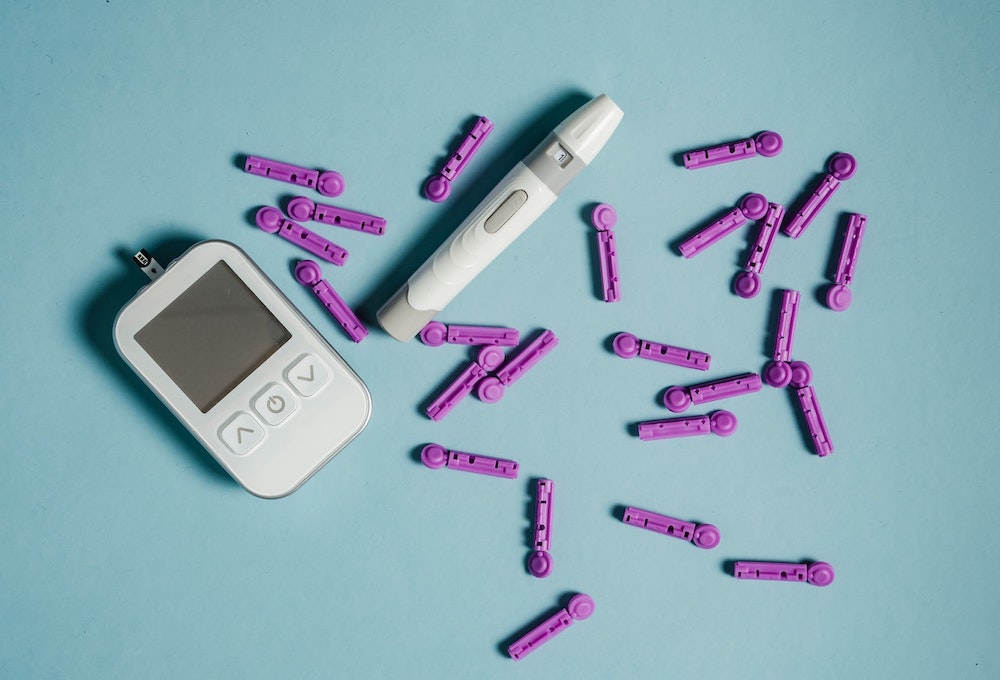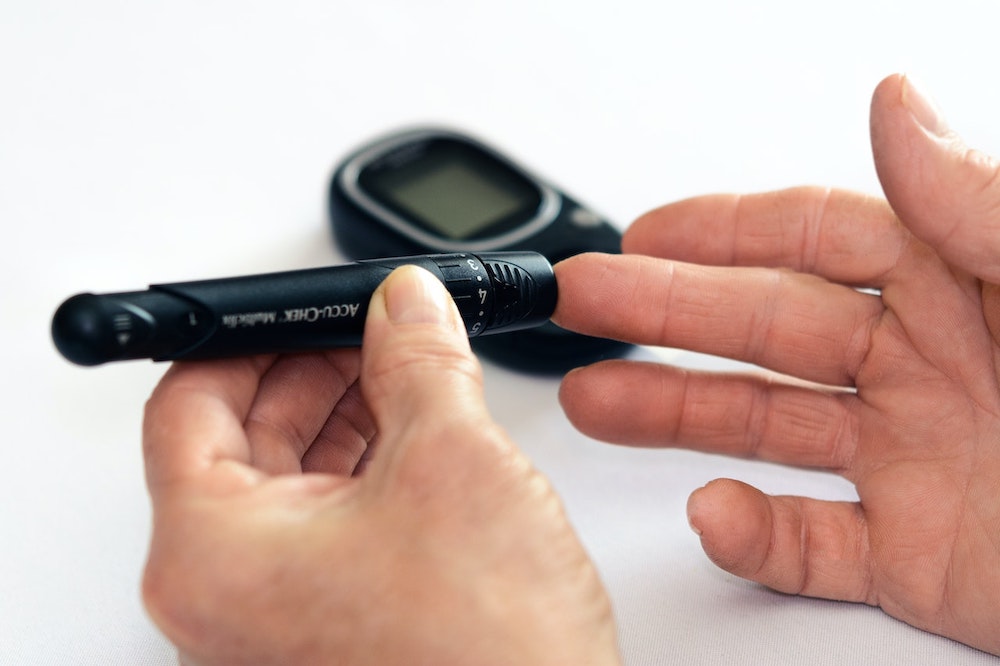Living with diabetes can be a lifelong challenge, and managing pain can often seem like an uphill battle. However, while dealing with the physical and emotional aspects of living with diabetes may be overwhelming at times, there are actions you can take to make life easier. From learning management strategies that address your individual needs to exploring solutions that target both long-term and short-term results – in this blog post we will cover seven ways to help manage diabetes pain in order to create a more manageable environment for yourself. Whether you’re a woman, man, mother, or father who suffers from problems associated with diabetic pain; this post is here to provide hope and assurance through practical steps toward relief – read on!
1. The Causes and Symptoms of Pain Associated with Diabetes
When it comes to diabetes, pain can be a common and challenging issue. In order to help make life easier, understanding the causes and symptoms of pain associated with diabetes is key. Diabetes can cause nerve damage, resulting in sensations like burning, tingling, and numbness in the feet and hands. People may also experience sudden sharp or shooting sensations along their bodies. Joints may become stiff and swollen due to the strain that diabetes puts on them. Unfortunately, nerve damage caused by uncontrolled blood sugar levels can prevent sufferers from knowing when they’ve been injured. That’s why it’s so important for those with diabetes to pay attention to any persistent aches and pains that start appearing since this could be an indicator of a dangerous situation developing if managed properly for long-term health.
2. Exercise Regularly
Making exercise a regular part of your life does far more than just help you keep a healthy weight. Exercise also helps your body use insulin more effectively, reducing the amount of sugar in your bloodstream and leading to better blood sugar control. This is especially important for those living with diabetes, as pain related to nerve damage or other medical conditions can be relieved by improving blood sugar control. Regular exercise also helps relax tight muscles and improve circulation, which can decrease your pain levels. So don’t bypass that morning workout in favor of something else; give yourself the gift of improved blood sugar control and much-needed pain relief each time you break a sweat!
3. Eat a Balanced Diet
Eating a balanced diet is essential for those with diabetes to maintain optimal blood sugar levels. Fortunately, this doesn’t have to mean sacrificing your favorite snacks or meals. Planning ahead and maintaining portion control are the foundations of successful diabetic meal management. Working with a nutritionist can also help simplify this process and provide tailored recommendations for more specialized diabetic diets. Lastly, start slow and find recipes that strike a balance between good health and delightful flavors. With careful eating habits, you’ll be able to stand tall against the challenges presented by diabetes and live life just as easily as before.
4. Research Different Types of Medication
When it comes to managing diabetes pain, one of the most effective methods is finding the right medication. As it’s important to work with a medical expert or doctor, doing some research into different types of medications can make that process easier and smoother. You may find and end up using Neuropathy nerve pain cream, or a combination of drugs that can help reduce your stress, anxiety, and chronic pain related to diabetes. Researching also allows you to have an informed conversation with your doctor about potential side effects, dosage, and body compatibility when taking certain medications. Preparing ahead of time will save you precious time during visits and empower you to think through the best treatment options that meet your needs.
5. Practice Relaxation and Mindfulness Techniques
Living with diabetes can be a struggle for many, particularly when it comes to pain management. But relief is possible through relaxation and mindfulness techniques: notably meditation, which can help lower stress levels and reduce physical pain. Practiced daily or multiple times a week, this type of activity helps us better connect with our bodies and minds while calming the nervous system and restoring balance in moments when we feel discouraged or overwhelmed. Deep breathing exercises may also serve as a mental anchor in times of stress and increase our sense of well-being. Whether it’s taking a walk in nature, listening to relaxing music, or indulging in warm baths – something simple can turn into an invaluable self-care moment if practiced regularly.
6. Get Proper Restful Sleep Each Night
 When it comes to pain management for diabetics, getting proper restful sleep each night is essential. Inadequate sleeping not only exacerbates chronic pain but can also impair our ability to think clearly and combat stress. To ensure you get the quality zzzs you need night after night, opt for keeping a regular bedtime and wake-up schedule that works best with your lifestyle and prioritize relaxation before bed. Whether it be a soothing wind-down routine, like taking a warm Epsom bath or reading an engaging book, make sure your body is prepared mentally and physically for needed shut-eye. With proper sleep hygiene, you too can have much better days living with diabetes and its associated pain.
When it comes to pain management for diabetics, getting proper restful sleep each night is essential. Inadequate sleeping not only exacerbates chronic pain but can also impair our ability to think clearly and combat stress. To ensure you get the quality zzzs you need night after night, opt for keeping a regular bedtime and wake-up schedule that works best with your lifestyle and prioritize relaxation before bed. Whether it be a soothing wind-down routine, like taking a warm Epsom bath or reading an engaging book, make sure your body is prepared mentally and physically for needed shut-eye. With proper sleep hygiene, you too can have much better days living with diabetes and its associated pain.
7. Ask For Support From Friends and Family
Managing diabetes pain is something that should not be faced alone. Reach out to friends, family, and your larger support system for help during tough times – they will be more than happy to lend a helping hand. When you feel overwhelmed or disheartened about living with diabetes, remember that you are not alone in this journey. There are people around you who understand your struggle and are eager to support you in any way they can, whether it’s through a listening ear, an enjoyable outing or even providing a sense of humor that can lift your spirits.
Managing diabetes pain on a daily basis can be daunting, however, by understanding the causes and symptoms of pain associated with diabetes, exercising regularly for improved blood sugar control and pain reduction, eating a balanced diet to help regulate blood sugar levels, researching different types of medication to help reduce pain, practicing relaxation and mindfulness techniques to help manage stress and pain, and getting proper restful sleep each night; individuals who experience diabetes-related pain can take back the reins of their health. Through these proactive seven steps, individuals will find an immense sense of relief allowing them to continue living life to its fullest potential.

